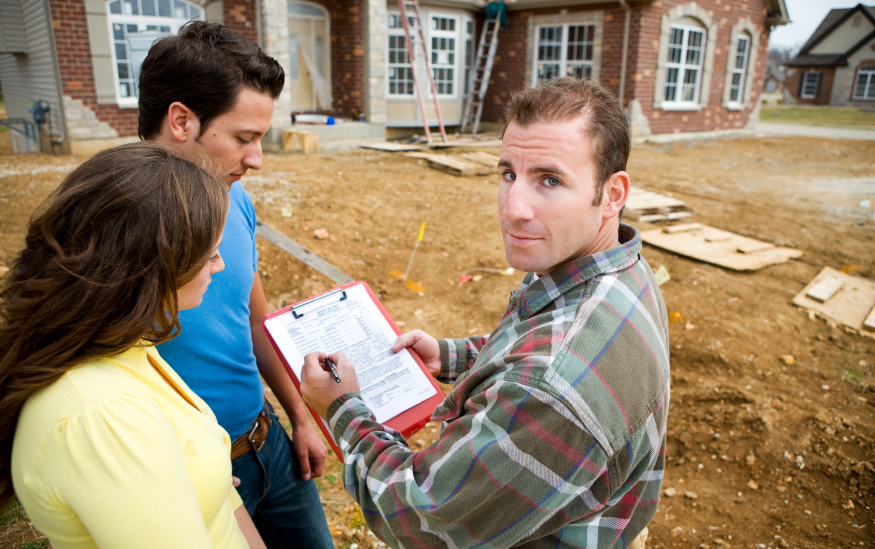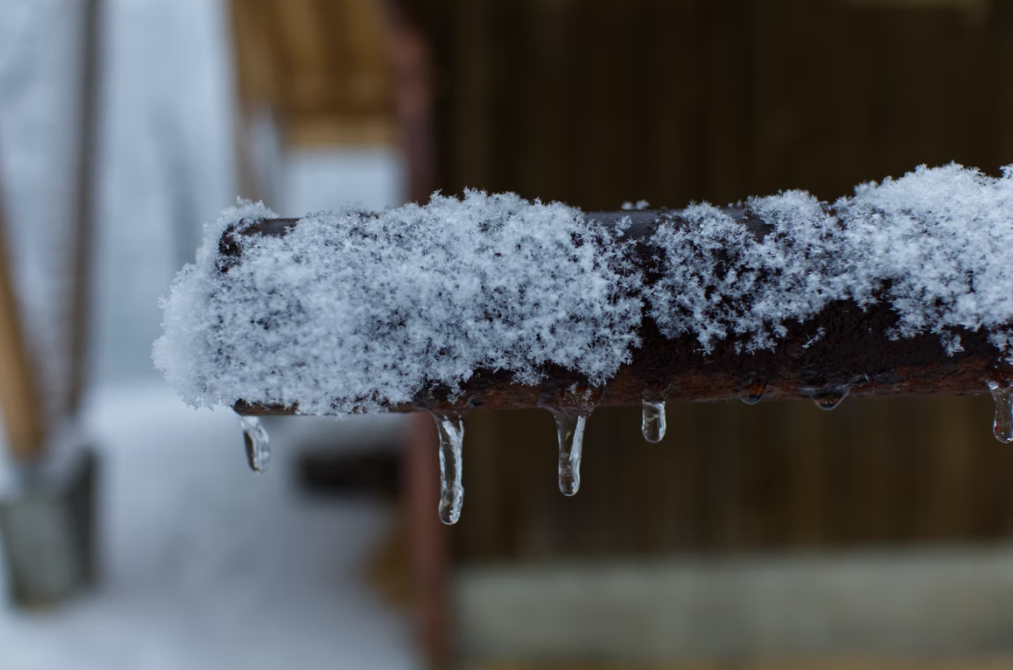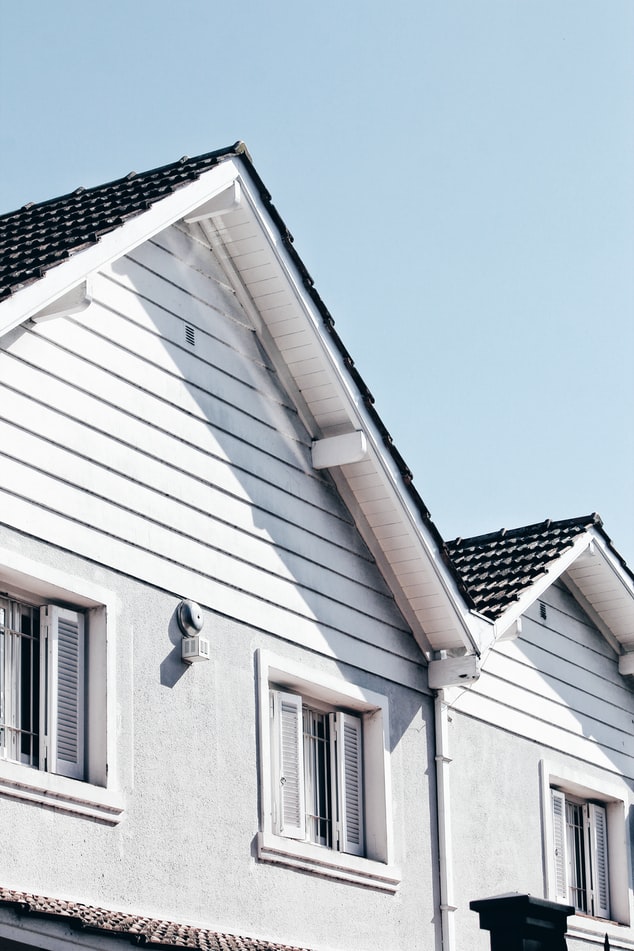Timber Issues – What to Look Out for When Viewing Properties

Buying a property can be full of stress and worry – particularly if it is your first time!
 Photos By: Stock Images
Photos By: Stock Images
That search for a dream home is a rollercoaster of emotions and indecisions and fluctuating doubts. You flit between your heart ruling your head, and vice versa.
Buying a property is also a huge responsibility. As soon as that ink is dry on the contracts, any maintenance issues become your problem. Whish is why a building survey is essential before you proceed – and why it is insisted upon by your mortgage company.
But like anything, a structural survey costs money. And they can often show up issues that you don’t want to hear about, issues that are upsetting both financially and emotionally.
The more that you can spot and recognise yourself, the more heart and wallet ache you can save yourself. By being more aware of potentially hidden issues in the structure of a property, means that you can prepare yourself if you still want to continue with the purchase. Forewarned and forearmed – and you have the information to either continue with the purchase navigating the problems head on with no nasty surprises, or walk away and start your search again.
As an example, the commercial timber treatment guide below, will explain to you what you need to look out for in the timber structure of a building. Later articles will look at brickwork, roofing, plumbing and electrics.

Common Timber Problems in Properties
Depending on the age and condition of the property, the state of the timber can be a significant indicator of other problems in the house, such as damp or movement. Make sure you have a good look at all the timber you can possibly see. Get access to the roof space, explore any cellar or basement areas, lift up carpets and check out the floorboards. Don’t worry if it seems rude to the current homeowners – you’re looking at investing a large amount of money and you want to ensure its protected.
How to Spot Problems with Damp
The smell is the most obvious sign that there is damp in a property, but the state of the timbers will indicate how far advanced it is. If timber is not dried out then it will attract the growth of fungi – otherwise known as wet or dry rot.

How to Spot Dry or Wet Rot
Dry rot: a dry rot infestation starts with mycelium growth, which is a white or grey cotton like substance. It feeds on the wood until it sprouts a fruiting body which is round in shape and a rusty red colour with the outer parts being white. What you need to look out for is the spore dust generated from these fruiting bodies.
The timber itself will look desiccated and brittle, with square cracking on the surface of the timber.
Wet rot: the timber will be spongy to the touch and have an obvious large content of water, with a black fungus growth. If the wet rot is far advanced, it will have actually dried out the timber and caused it to shrink and become battle.
How to Spot Woodworm Infestation
Woodworm is the other major issue that can affect the condition of your timber – and left untreated it will not just affect your house timber, but will find its way into furniture as well.
Look out for small, neat holes, about 2mm in across, with tiny piles of dust surrounding them – this is indication of the insect nibbling its way through the wood. Woodworm larvae are creamy white in colour and look like grubs. As they grow into beetles they eat their way through the wood, laying more larvae. If you spot this, you need to call in the experts.








